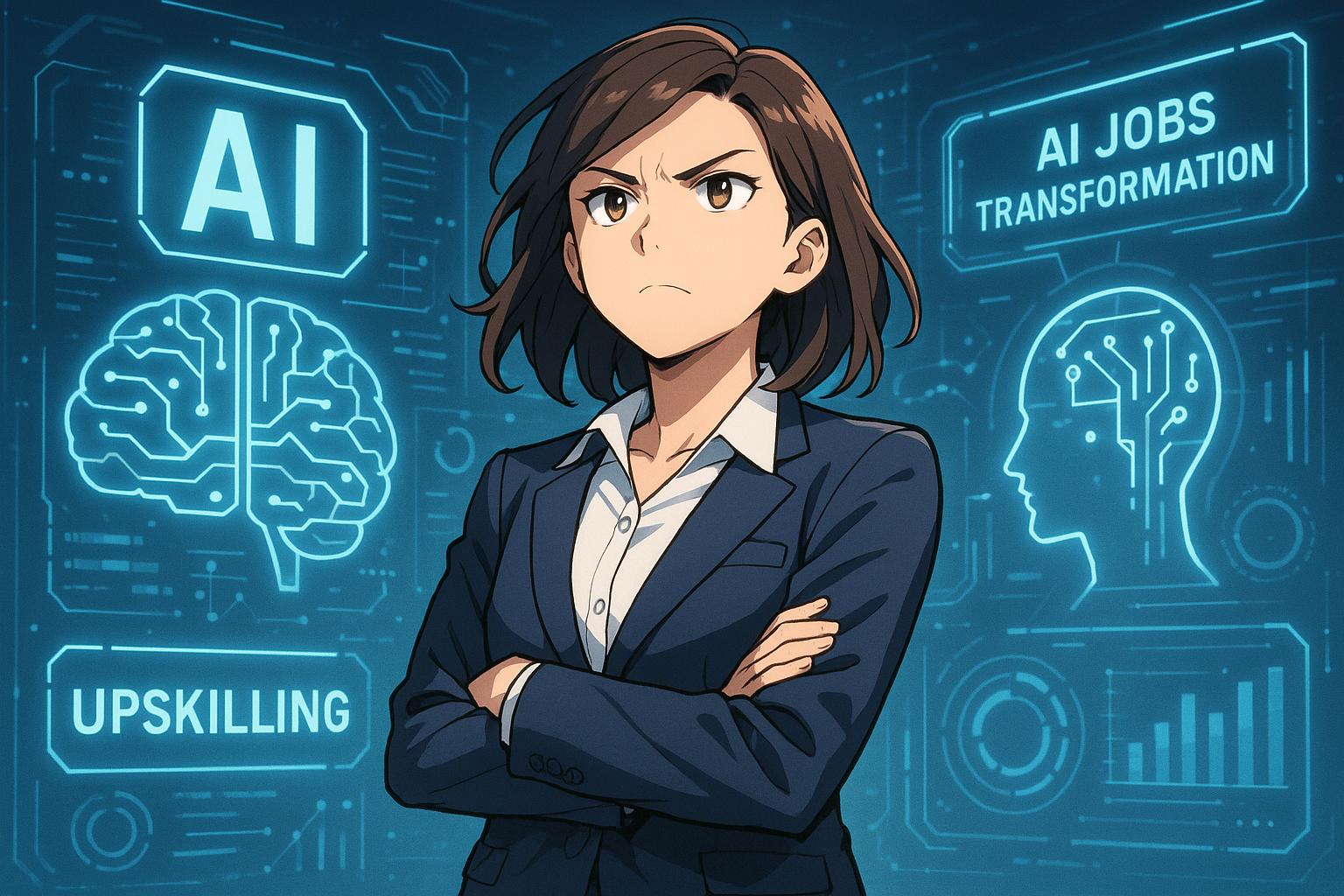In an era marked by rapid technological advancement, forward-thinking businesses and governments are increasingly prioritising the upskilling of mid-career professionals to help them navigate the disruptive landscape of artificial intelligence (AI). This effort is not merely a survival strategy; it aims to empower workers to thrive amid changes reminiscent of the historical shifts seen in the industrial era.
The advent of generative AI, particularly marked by the release of tools like ChatGPT in 2022, signalled a generational tipping point. Its widespread adoption is causing profound shifts in professional roles, reminiscent of the upheaval faced by blue-collar workers in the 19th century. Research from OpenAI and the University of Pennsylvania predicts that numerous white-collar positions—including accountants, legal assistants, financial analysts, journalists, translators, and public relations professionals—will face significant disruption. Goldman Sachs has estimated that as many as 300 million jobs worldwide could be impacted by AI technologies across varying sectors, demanding immediate attention to workforce preparation.
Tram Anh Nguyen, co-founder of the Centre for Finance, Technology and Entrepreneurship (CFTE), has articulated the unique vulnerability of mid-career professionals—specifically those over 40. Drawing on her extensive experience in the finance sector, she emphasised to Computer Weekly that “AI is no longer a future concept. It’s here and it’s affecting everyone at every level.” However, she also highlighted that reskilling rather than replacement is the key to adapting to this new landscape. The focus must go beyond mere technical training; professionals should gain a deeper understanding of AI and its practical applications pertinent to their roles.
According to CFTE’s whitepaper, “The AI-fication of talents,” the future workforce will comprise three distinct categories of professionals. Firstly, there will be a significant “mass displacement” of roles that are highly automatable. Secondly, a new group of “supercharged professionals” will leverage AI to amplify their capabilities and productivity. Lastly, a small cadre of “creative disruptors” will innovate by creating novel business models and products. As the UK lags behind in workforce preparation for AI, Nguyen noted the success of initiatives in countries like Singapore, which has provided substantial support for mid-career transitions, particularly in technology and finance. Such programmes have seen remarkable engagement, with around 555,000 participants in 2024 alone, showcasing a proactive approach to workforce development.
The potential for AI to reshape the job market raises critical questions regarding the balance between displacement and opportunity. Goldman Sachs’ reports indicate that while AI could automate up to 25% of tasks in sectors such as office administration and legal services, it may simultaneously foster new job creation and enhance productivity. According to their analysis, the economic impact could be significant, with global GDP expected to increase by as much as 7% as a result of these technological advancements.
Despite the dual-edged nature of AI's potential impact, the pressing need for proactive adaptation remains a common theme across various sectors. As industries evolve, it is becoming increasingly crucial for employees and employers alike to embrace a forward-looking mindset and invest in ongoing education and reskilling. The prospect of AI need not be viewed with trepidation; instead, it should be seen as an opportunity for growth, innovation, and a redefinition of what it means to work in a technology-driven world.
Indeed, as businesses and governments contend with the realities of AI integration, the focus should be on creating a resilient workforce ready to meet the challenges and seize the opportunities of tomorrow.
Reference Map
- Paragraph 1: [1]
- Paragraph 2: [1], [2], [3]
- Paragraph 3: [1]
- Paragraph 4: [1], [4], [5]
- Paragraph 5: [2], [6], [7]
- Paragraph 6: [1], [2], [3], [4]
Source: Noah Wire Services
